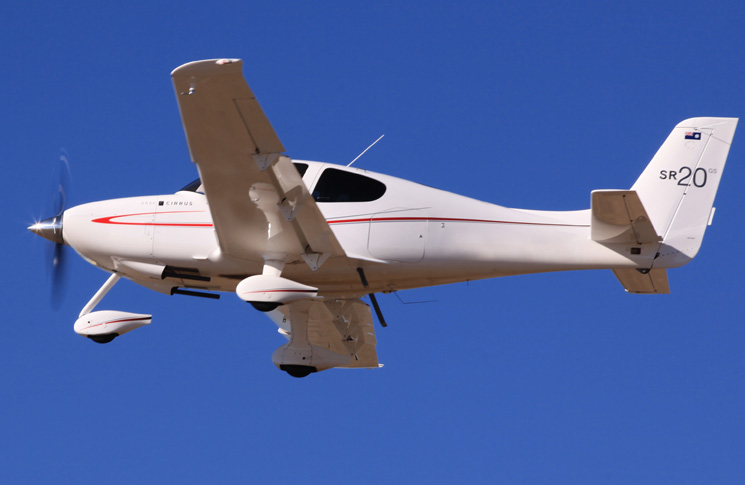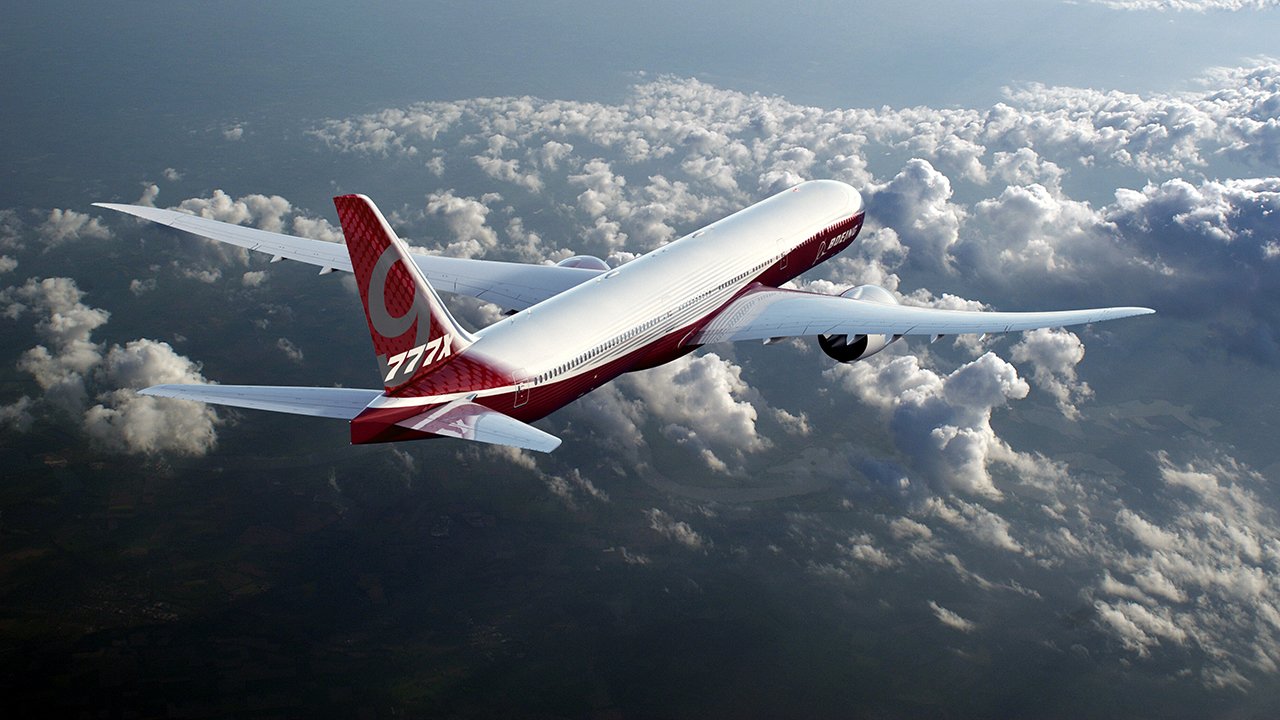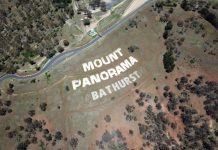It was 1995. Australia had a population of 17.1 million, 2.6 million mobile phones and a few thousand households paying handsomely for the privilege of watching pay TV instead of the 5 channels of broadcast television. We also had a new aviation safety regulator, the Civil Aviation Safety Authority. CASA replaced the Civil Aviation Authority (CAA), which had been established just 7 years earlier as government reflected on the importance of having a dedicated safety regulatory authority to help avoid a repeat several high-profile, and potentially avoidable, accidents experienced in the late 80s and early 90s.
The newly constituted CASA was split from the air traffic control and air navigation services arm of its predecessor, which was reborn as Airservices Australia. In 1995, CASA oversaw the safe operation of the 9,689 aircraft on the civil register, 708 of which were helicopters, and 31,825 licensed pilots. CASA’s initial 1995–96 annual report mentions 5,444 licensed aircraft maintenance engineers (LAMEs).
Growth and transfiguration
In 2025, there are 27.6 million Australians – and 30.3 million mobile phones. There are more internet users in Australia in 2025 than there were in the whole world in 1995, when 16 million people logged on, most of them to the warbling of a dial-up phone line connection.
Australia’s aircraft fleet now stands at 16,475, of which 2,593 are helicopters – a growth of more than 300 per cent – and 28,545 registered commercially operated drones. The privately flown drone fleet is estimated at more than one million. CASA now oversees more than 65,000 pilots – including 35,000 remote pilot licences for drones – a category of aircraft unknown in 1995. In the commercial sphere, remote operator certificates (ReOCs) outnumber air operator certificates (AOCs) by 1,791 to 633.
But growth is not the only theme in CASA’s story. Like aviation itself, the organisation was severely tested by the COVID-19 pandemic of 2020–22. The travel restrictions implemented in response to COVID-19 resulted in international and domestic passenger traffic in Australia decreasing by 95 per cent, from January to April 2020. Recovery was slow by comparison. The Australian Government committed over $5.6 billion to a suite of measures to support the aviation sector, industry and CASA, from March 2020 through to 2023.
Airline passenger levels did not return to 2019 levels until mid-2024, boosted in the early part of that year by people flying to see superstar Taylor Swift’s series of concerts (according to an Australian Competition and Consumer Commission report). CASA’s COVID-19 challenge was to oversee the safe reactivation of the aviation industry from its forced slumber at the same time as CASA itself was impacted by lockdown and travel restrictions. CASA’s digital transformation project, inaugurated in 2017 to move services such as licensing online, proved its worth, during these difficult years.
Drones are not mentioned in CASA’s first annual report, although Australia would become a pioneer in coming to terms with the new technology. Part 101 of the Civil Aviation Safety regulations came into effect on 1 July 2002, making Australia one of the first jurisdictions in the world to define safety standards and regulations for this sector. The relative certainty these regulations provided enabled the early development of a vigorous uncrewed systems sector in Australia. Regulating, overseeing and promoting safety in this new aviation sector, unknown in 1995, is a major part of the modern CASA’s operations.
Success stories of 1995
Several of the aircraft types that have defined commercial and private aviation in the 21st century made their first flights or entered service in 1995. In the closing weeks of the old CAA’s tenure, the Gippsland Aeronautics (now GippsAero) GA8 Airvan took to the air for the first time – it would go on to be an Australian success story in service all over the world. It is pleasing to report that production of this tough and unpretentious aircraft has been restarted in 2025.
In Minnesota, US, the first design of a firm founded by 2 brothers, Alan and Dale Klapmeier, took off. The Cirrus SR20 was notable for its speed, composite construction and airframe parachute, a feature that, as of 2025, has saved 269 lives in 133 successful deployments.

On 7 June, the Boeing 777 entered service with United Airlines. Along with the Airbus A330, which entered airline service the previous year, it inaugurated the age of the large, long-haul twin-engine airliner, a triumph of seat-mile economics and passenger safety. It would be 18 years before the first passenger death in a Boeing 777 crash.

In Australian aviation, the major story of 1995 was the ongoing privatisation of Australia’s overseas airline, Qantas, which was yet to absorb Australian Airlines (although it already owned the domestic carrier). In the business context, Virgin related to a chain of stores selling CDs and videocassettes. DVDs would not be introduced for another 4 years. DVDs are much diminished, but not quite extinct, unlike Compass I and II, Impulse, TigerAir and Bonza, all of which rose and fell over the past 30 years. An airline bearing the Virgin name would not be established here until 2000, overlapping briefly with Ansett Airlines, which collapsed in 2001.
End of a deadly era
Globally, 1995 saw 39 examples of a type of crash that has become very rare in the 21st century: passenger-carrying aircraft using ground-based navigation technology diverged from course and flew into high ground. Three of the most tragic examples were:
- 30 January, Taiwan. TransAsia Airways Flight 510A, an ATR 72-200, crashed into a hill during approach, killing all 4 crew members on board.
- 7 December, Haiti. A Beechcraft 1900D drifted off course and struck a mountain on approach to Port-au-Prince, Haiti, killing all 20 people on board.
- 20 December, Colombia. American Airlines flight 985, a Boeing 757, crashed into a ridge near Cali, after the pilots became preoccupied with reprogramming the flight management computer. All 8 crew and 151 of the 155 passengers were killed.
A 2008 Australian Transport Safety Bureau report found the worldwide number of controlled flight into terrain (CFIT) accidents involving fixed-wing transport category aircraft declined from 39 in 1995 to 11 in 2004. For the first time since 1990, 2004 recorded no CFIT accidents involving aircraft weighing between 27,000 kg and 272,000 kg. Technology addressed this problem: global navigation satellite systems (GNSS) allowed flight crews to always know their position and forward-looking enhanced ground proximity warning systems (EGPWS) gave longer notice of dangerous terrain ahead. Since 1995, the ground-based navigation system of VOR radio beacons has largely been replaced by GNSS-based systems such as area navigation (RNAV) and the precision approach certified required navigation performance (RNP) approach profiles.
Adding a key word: the rationale for CASA
CASA was established after a turbulent and tragic period in Australian aviation. Several high-profile accidents revealed the weaknesses in the oversight regime administered by the CAA.
- On 11 June 1993, Monarch airlines crashed near Young, NSW killing 5 passengers and the 2 pilots. The Bureau of Air safety Investigation (BASI) report into the accident found deficiencies both in the operator and in the oversight of the CAA.
- On 2 October 1994, Seaview flight CD 111, a Rockwell Aero Commander, crashed on a flight between Williamtown, NSW and Lord Howe Island, killing 8 passengers and its 25-year-old solo pilot. This crash prompted a Commission of Inquiry into the relations between the CAA and Seaview Air.
In the context of these tragedies and failures, CASA was formed to explicitly prioritise safety. Its first report in 1995–96 gave this definition of its responsibilities.
‘To enhance and promote the safety of civil aviation in the interest of the Australian public. CASA’s focus is to work with industry to reduce aviation safety risks, with the priority being protection of fare-paying passengers. This is achieved through effective safety regulation and by encouraging a greater acceptance by industry of its obligation to maintain high safety standards.’
The CASA of 2025 still prioritises safety but does so in a proactive and systematic way. Encouraging and mandating the use of safety management systems in the aviation industry is one example of this more sophisticated, data-driven approach.
And safety remains our core business: in 1995, CASA conducted around 6,000 audits and inspections annually. By 2023–24, inspection numbers surpassed 20,000, with emphasis on risk-based oversight and data-driven surveillance. The technologies are different and still evolving, but CASA’s work of inspecting, checking, advising, educating and regulating goes on.






Comments are closed.